The Essence of Team Leadership: Beyond Individual Brilliance
“None of us is as smart as all of us,” famously stated by Ken Blanchard, captures the essence of collaborative team leadership. In the dynamic landscape of executive coaching and leadership, the ability to lead teams through collaboration to align, engage, and enhance accountability is paramount. This post outlines three critical steps to turn a gathering into a productive, purpose-driven meeting. These steps not only streamline the decision-making process but also foster a sense of collective intelligence within teams.
Step 1: Clarifying the Purpose – The Starting Point of Effective Meetings
The first step in leading a successful team meeting is determining its purpose. In the realm of leadership and coaching, a purposeless meeting equates to a rudderless ship. Clear objectives prevent confusion and align team efforts towards a common goal. This clarity is crucial in guiding teams, ensuring that every discussion and decision moves the team closer to its desired outcome.
Step 2: Harnessing Individual Contributions – The Power of Diversity
The next step involves individual idea accumulation. This phase democratizes idea generation, ensuring every team member has an equal opportunity to contribute. By distributing post-it notes and encouraging individual suggestions, leaders can tap into the diverse perspectives within their team. This inclusive approach is fundamental in executive coaching, where harnessing varied viewpoints leads to innovative solutions and enhanced team dynamics.
Step 3: Collective Sharing – Building a Collaborative Team Leadership Framework
Once individual ideas are gathered, sharing them publicly is key. This step ensures each suggestion is considered, fostering a culture of respect and inclusivity. In leadership, it’s vital to create an environment where every voice is heard and valued. This practice not only enhances team collaboration but also reinforces a sense of belonging and mutual respect among team members.
Step 4: Dotmocracy – Prioritizing Ideas Democratically
Dotmocracy, a simple yet effective method, comes into play here. By allowing team members to vote on ideas, leaders can gauge the most popular and impactful suggestions. This method aligns with strategic planning in collaborative team leadership, where prioritizing actions based on collective input is crucial for effective execution.
Step 5: Refining Definitions – Ensuring Clarity and Consensus
The final step involves giving clear definitions to the top ideas. This step is essential in leadership and team coaching, as it ensures everyone is on the same page before making final decisions. Clear definitions eliminate ambiguity, enabling teams to make decisions that have collective understanding and support.
Conclusion: Cultivating a Collaborative Leadership Culture
In conclusion, these steps offer a foundational approach to Collaborative Team Leadership. They embody the principles of executive coaching and leadership, where the goal is not just to lead but to foster a culture of collaboration and collective intelligence. By following these steps, leaders will transform their teams into cohesive units aligning, engaging, and accountable.



